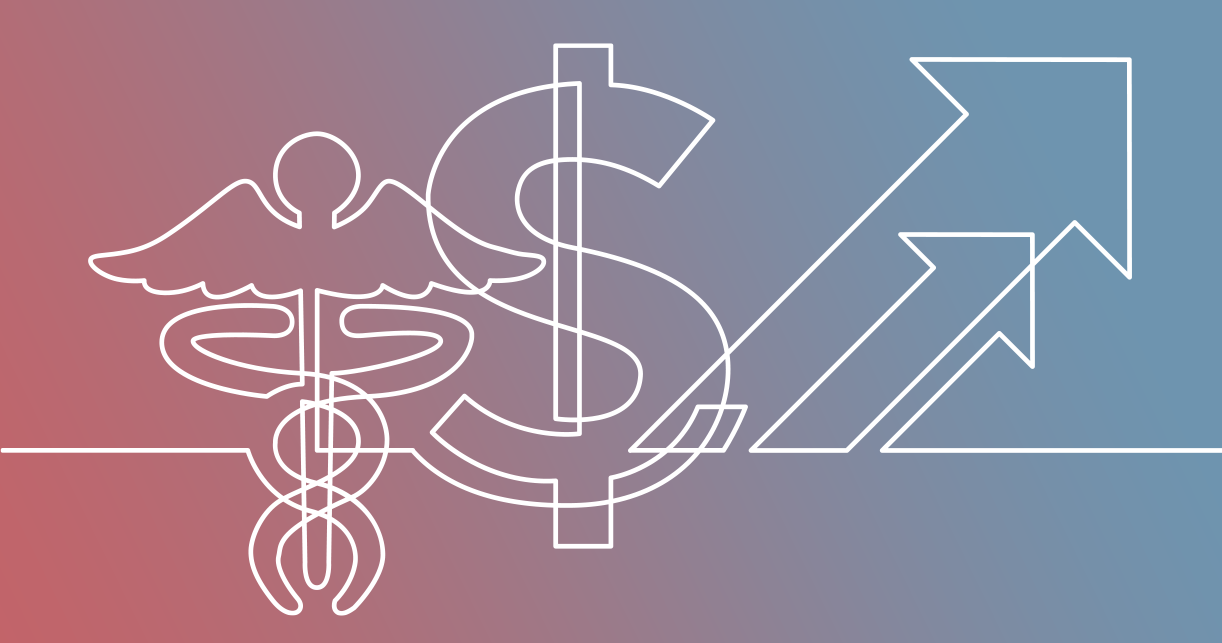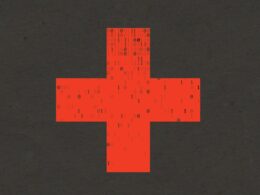ICHOM
March 27, 2022
Site editor:
Joaquim Cardoso MSc.
Health Transformation . Institute
Value Based Health Care Unit (VBHC Unit)
August 29, 2022
The Estonian Health Insurance Fund (EHIF) took a big leap towards value-based healthcare as they started a national stroke patient pathway pilot involving 4 out of 6 hospitals in Estonia providing acute stroke care.
In addition to hospitals’ development projects and outcome measuring and benchmarking, as part of the pilot project, a new payment model — the bundled payment — was tested for the whole stroke care pathway.
How does the payment model work?
And what does the future look like as the pilot project is coming to an end in 2022?
We asked EHIF’s Head of Specialist Care Department Tiina Sats, Chief Specialist Mariliis Põld and Analyst Mait Raag.

What is the bundled payment model?
In addition to hospitals’ development projects and outcome measuring and benchmarking, as part of the pilot project, we are testing a new payment model, that is one fixed price for stroke patient’s whole care pathway for 365 days.
The bundle price was set according to historical cost data.
There are 7 fixed prices dependent of the treatment group and age, as these characteristics are the main cost drivers.
we are testing a new payment model, that is one fixed price for stroke patient’s whole care pathway for 365 days.
The bundle price was set according to historical cost data.
There are 7 fixed prices dependent of the treatment group and age, as these characteristics are the main cost drivers.
In the payment model, the main service provider bears the financial risk for a patient’s entire care pathway during the first year.
This model gives the service provider the motivation to
- plan the care pathway more holistically
- to avoid complications and
- gives more freedom to comply with the patient’s needs.
In the future, if the pilot is successful, the payment received by the service provider is possible to be linked to the outcomes of the treatment.

How does this payment model work in practice?
Instead of an upfront bundled payment to the main provider, we decided to use a retrospective payment to all providers.
This means that there is a continuous payment as FFS and DRG, and there are periodic adjustments with the main provider to match the bundle price.
After the patient journey ends, for example through death of the patient or 1 year after the initial stroke, we at EHIF calculate the difference between the bundled payment and the actual costs.
After this, money will be transferred from EHIF to the main provider or EHIF will pay less to the main provider with the next claim.
The calculation is done biannually. We found this process to be much simpler to the providers because the main providers don’t have to subcontract with other providers.
Instead of an upfront bundled payment to the main provider, we decided to use a retrospective payment to all providers. This means that there is a continuous payment as FFS and DRG, and there are periodic adjustments with the main provider to match the bundle price.
After the patient journey ends, for example through death of the patient or 1 year after the initial stroke, we at EHIF calculate the difference between the bundled payment and the actual costs.
At the time of the first calculation, we did not yet have any patients with 1 year after initial stroke, but only end points concerning death of the patient or a recurring stroke, which made the differences at the first calculation bigger.
After that, there have only been small differences.

What would you like to achieve with the bundled payment?
The main goal of the payment change was to give incentive to increase coordination and cooperation between the different service providers and the quality of care to ensure that every stroke patient receives the services they need and to avoid complications.
The main goal of the payment change was to give incentive to increase coordination and cooperation between the different service providers and the quality of care
At this point, the payment model is still new and the providers haven’t used all the possibilities of it, for example the freedom that one single price allows or sharing the profit with partner hospitals.
Naturally, there has been some fear of over spending, but in combination with development projects and outcome measurement, the main providers are genuinely interested in the quality of care as well as coordination and cooperation with partner hospitals.
As the payer, we at EHIF can also set targets for the providers — for example that next year, 40% of stroke patients should receive rehabilitation.
When the utilization is much less than the target, then, it will be followed up and EHIF can ask for refund.
When the pilot including the payment method is proved to be efficient, we would also like to adjust the payment with outcome measures in the future, to make the incentives deriving from the payment method stronger.

The pilot project is coming to an end this year — how does the future look like?
The stroke pilot’s initial timeline included development projects at the hospitals until the end of 2021.
The payment model testing and outcomes measurement will continue until Mid-2022.
The evaluation of the pilot is done in 2022 and, in 2023, cost-effective and beneficial practices will be implemented.
We decided to prolong the development project until the end of 2022, because we didn’t want the core personnel of the project to leave the hospitals, so that it would be easier for them to continue in 2023.
After the final evaluation, we are happy to share the results in highlighting successes and reflecting on lessons learned in the pilot project.
Thus, in our next blog post on this ICHOM & Nordic Healthcare Group blog, we will discuss further benchmarking of PROM results and evaluation of the pilot.
Written by Milja Saarimaa, Communications and Marketing Manager at Nordic Healthcare Group (NHG) based on the interview of EHIF’s Head of Specialist Care Department Tiina Sats, Chief Specialist Mariliis Põld and Analyst Mait Raag. NHG is ICHOM’s certified implementation partner in the Nordic region and proud to assist EHIF in the project.
About the organizations:
Estonian Health Insurance Fund is a single payor in Estonian health care system covering the costs of health services required by the person in case of illness. Our mission is to cover the costs of 1,2 million people for their health services, to help prevent and cure disease, finance the purchasing of medicinal products and medicinal technical aids, and provide the benefits for temporary incapacity for work and other benefits.
Nordic Healthcare Group (NHG) is a Finnish company founded in 2004. NHG is specialising in supporting quality services for social- and healthcare in Nordics. Our clients include hospital districts, national and regional public organisations, municipalities, private service providers, pharmaceutical companies, private equity investors and healthcare technology companies. NHG employs 200 experienced professionals and young talents. NHG is experienced in implementing VBHC principles and methods in multiple settings, ranging from creating VBHC strategy to implementing ICHOM Patient-Centered Outcome Measures in individual hospitals and building national level benchmarking.
Originally published at: https://www.ichom.org
Names mentioned:
EHIF’s Head of Specialist Care Department Tiina Sats,
Chief Specialist Mariliis Põld and
Analyst Mait Raag.












